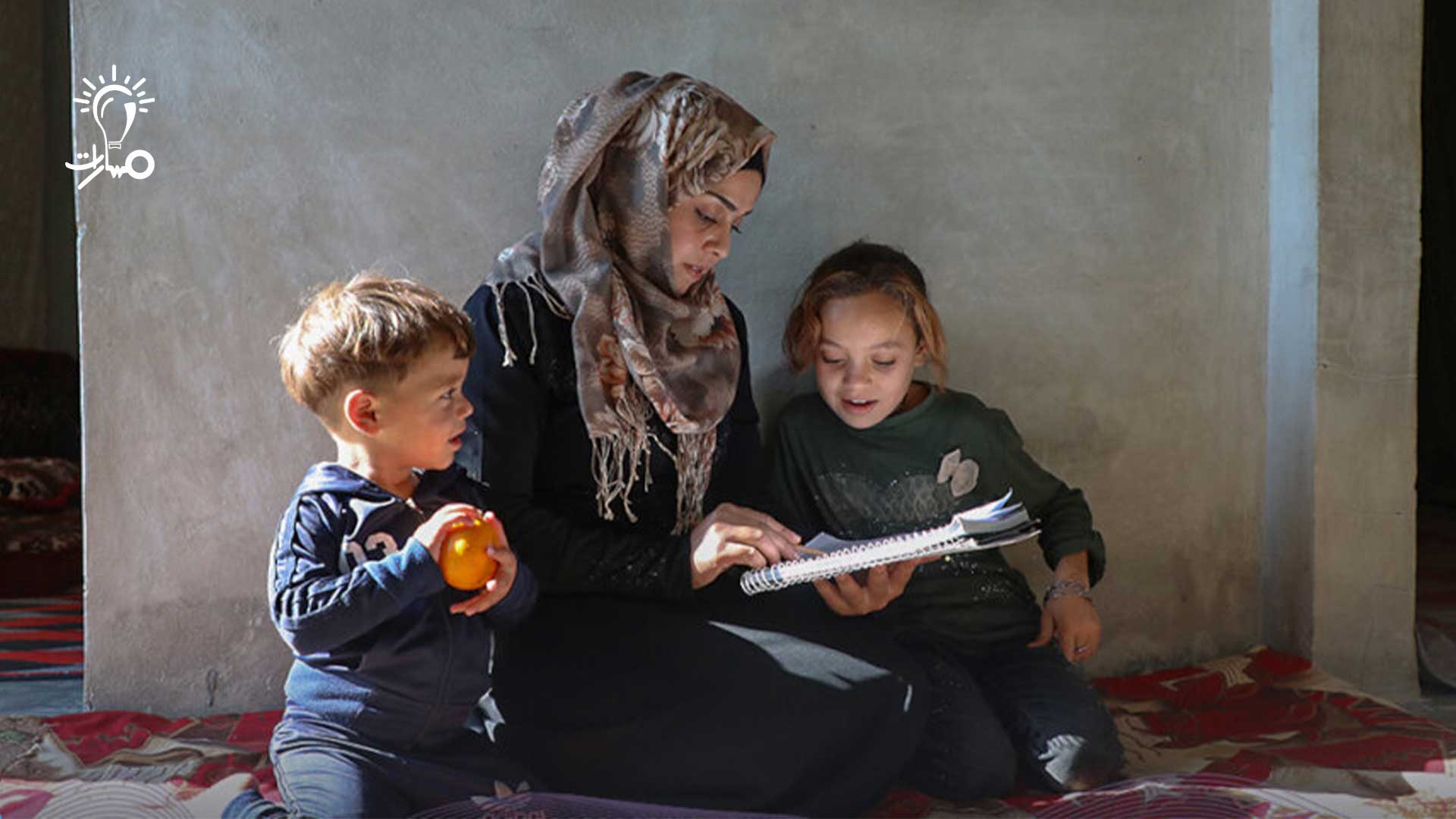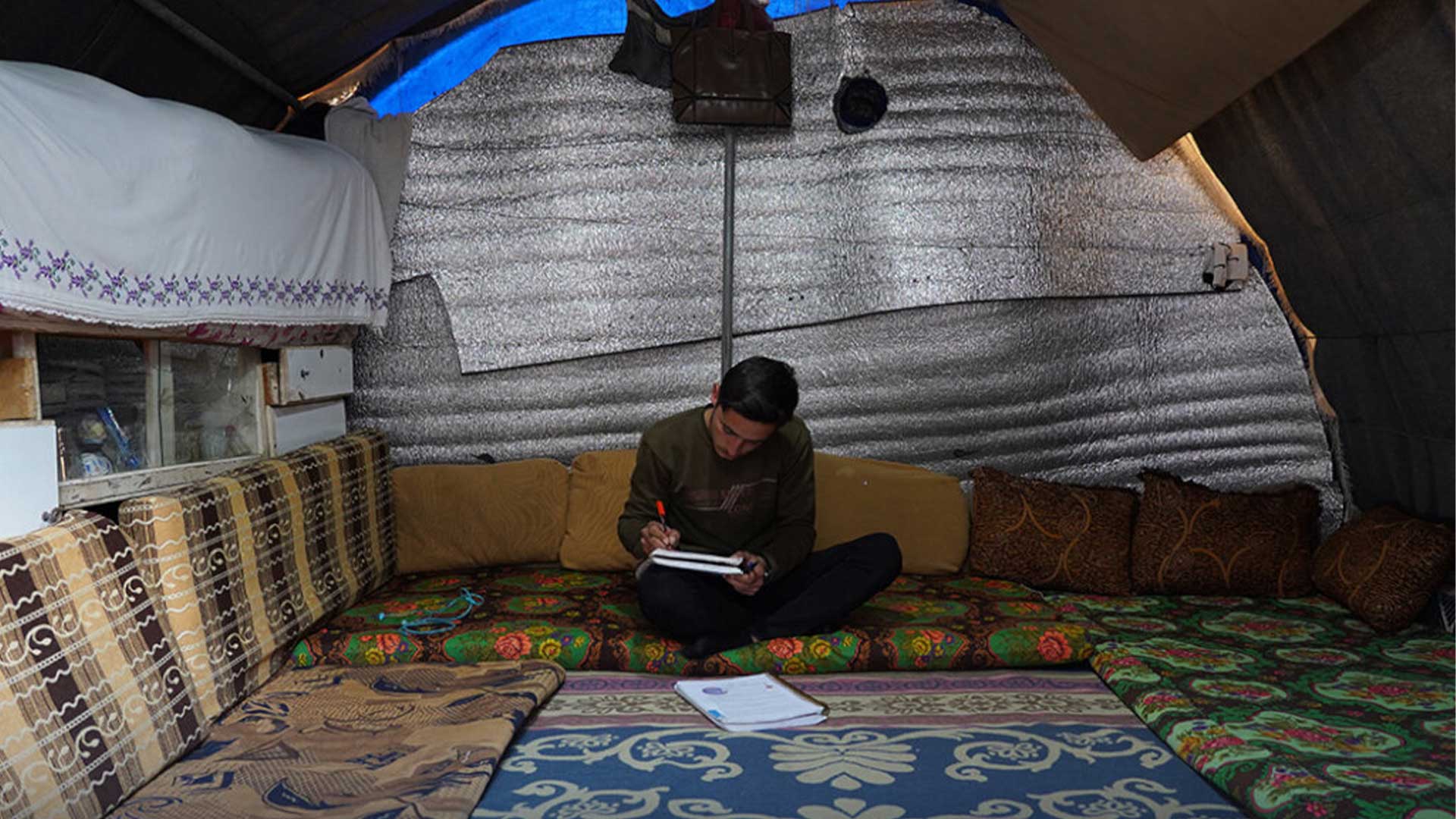The Theory of Change is a comprehensive theory for addressing that abnormal behavior, with the foundation of this theory being the assessment of an individual’s state and readiness to work on a new, healthy behavior. This theory provides methods and strategies for guiding an individual.
Components of the Theory of Change
- Stages of Change
- Processes of Change
- Levels of Change
- Self-Efficacy
Stages of Change
- Pre-contemplation stage: In this stage, the individual is not ready to change their behavior; not ready for that in the near future and this individual did not have any information, even small, or did not possess enough awareness, making it difficult to communicate with them.
- Contemplation stage: In this stage, the individual is ready to change; but was not confident in it or how to break the ice and start. Here, it is necessary to study the individual’s case and look at the benefits resulting from the behavior and the disadvantages, and it is easy to reach individuals.
- Preparation stage: Individuals are fully ready to change behavior in the next month. Individuals in this stage have a complete plan, for example: (signing up for a sports club, going to a nutritionist), and this stage is considered the ideal stage for health affiliates because individuals are motivated to change.
- Action stage: In this stage, the individual has started to change, and began the work leading to changing behavior; practicing sports, quitting smoking.
The duration of this stage is from the beginning of adopting the new behavior to six months later. Individuals in this stage are greatly exposed to relapse and return to the old lifestyle pattern.
Action Stage in the Theory of Change
In this stage, individuals do not need instructions and motivational intervention, but to support and assistance through the removal of external and internal elements that may affect and be an obstacle to practicing the new behavior.
Maintenance Journey:
The new behavior has been practiced for more than six months, but less than five years. Relapse to old habits at this stage is very slight, but it requires working on some possible barriers such as stress.
Termination Stage (Final Outcome):
The stage of changing a behavior has been achieved, and it is five years of maintenance, there is no large percentage for the occurrence of relapse because the individual is less exposed to possible temptations.
However, there are several studies that show that the percentage of individuals is very slight to reach this stage because it is the hardest among the stages of change.
Change may not be permanently stable and straight, and the individual must stumble several times and struggle to reach the required change and the new behavior.
Processes of Change
Many change literatures explain that there are many strategies that organizations follow to deal with resistance to change. Among those strategies discussed in those literatures:
- Participation and Persuasion Strategy
- Containment Strategy
- Coercion Strategy
- Camouflage and Evasion Strategy
Levels of Change
Levels of change include the following levels:
- Change in Knowledge
- Change in Attitudes
- Change in Individual Behavior
- Change in Group Behavior or the behavior of the institution in general.
Self-Efficacy
Self-efficacy is the extent of a person’s belief in their ability to complete tasks and achieve goals and the strength of that belief; in other words, it is the certainty of the ability to perform tasks and achieve purposes.
Self-efficacy is a direct and significant influential factor in all aspects of achieving a goal, thereby greatly affecting the amount of energy that a person possesses to successfully accomplish a goal and the choices that a person makes in pursuit of this goal. These effects are clear and may be associated with behaviors harmful to health.
Sources of Change
The economic, technological, and cultural environment.
Benefits of Change
Change has many benefits in human life, including:
- Helps to focus
- Confidence and progress in different areas of life
- Teaches everything new and increases experience and knowledge.
- Ensures the renewal of life and staying away from boredom and routine.
In conclusion, our journey with the Theory of Change highlights the importance and power of this theory in guiding individuals towards adopting healthy and positive behaviors. Through addressing the different stages of change and recommended strategies, it is clear that change is not just one step, but a comprehensive journey that requires perseverance and support. Self-efficacy and an individual’s awareness of their ability to change play a crucial role in this process, indicating that self-belief is the foundation upon which every step towards positive transformation is built. As life continues to present its challenges, the Theory of Change provides the tools and concepts that individuals can use to face these challenges with confidence and effectiveness, ensuring a healthier and more positive future.
Author: Mr. Khaled Al-Abdo, Physics Teacher at Masarat Initiative






